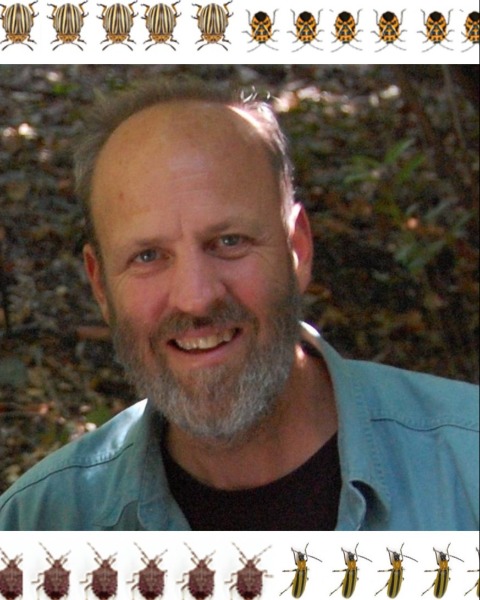P-IE
Student Competition 10-Minute Paper
Grad 10-min: P-IE, IPM Horticulture 2
Reevaluating thresholds for squash bug, Anasa tristis, life stages in summer squash (Cucurbita pepo) systems
On-Demand

Sean M. Boyle
USDA-ARS
Sykesville, Maryland
Tom P. Kuhar
Virginia Tech
Blacksburg, Virginia
Donald C. Weber
USDA-ARS
Beltsville, Maryland
Presenting Author(s)
Co-Author(s)
The squash bug (Hemiptera: Coreidae), Anasa tristis, is a serious pest in cucurbit crops across the US, especially within summer squash (Cucurbita pepo) systems. Using their piercing sucking mouthparts, squash bugs feed on both leaf tissue and fruits, often leading to leaf necrosis, marketable fruit loss, and even plant death. Although the nymphal life stage contributes to much of the crop damage throughout the growing season, current nominal thresholds are established for only adult and egg life stages. Further, the nymphs are the most vulnerable stage to chemical control tactics, and therefore are an important target for effective IPM strategies. For this reason, our goal was to examine new threshold values for squash bug nymphs in summer squash in Virginia. Sampling of squash bug egg masses, nymphs, and adults was conducted for six weeks on 100 summer squash plants. Plants were labeled as either 'managed' plants on which all life stages were manually removed on a weekly basis, or 'unmanaged' plants that were left to establish various densities of squash bug life stages. Also, marketable and damaged fruit were collected from each plant three times per week for three weeks. Insect count and fruit yield data were compared between managed and unmanaged plants. Overall, our study sheds new light on how squash bug nymph densities affect marketable fruit yield and when growers should take management actions for effective nymph control.


